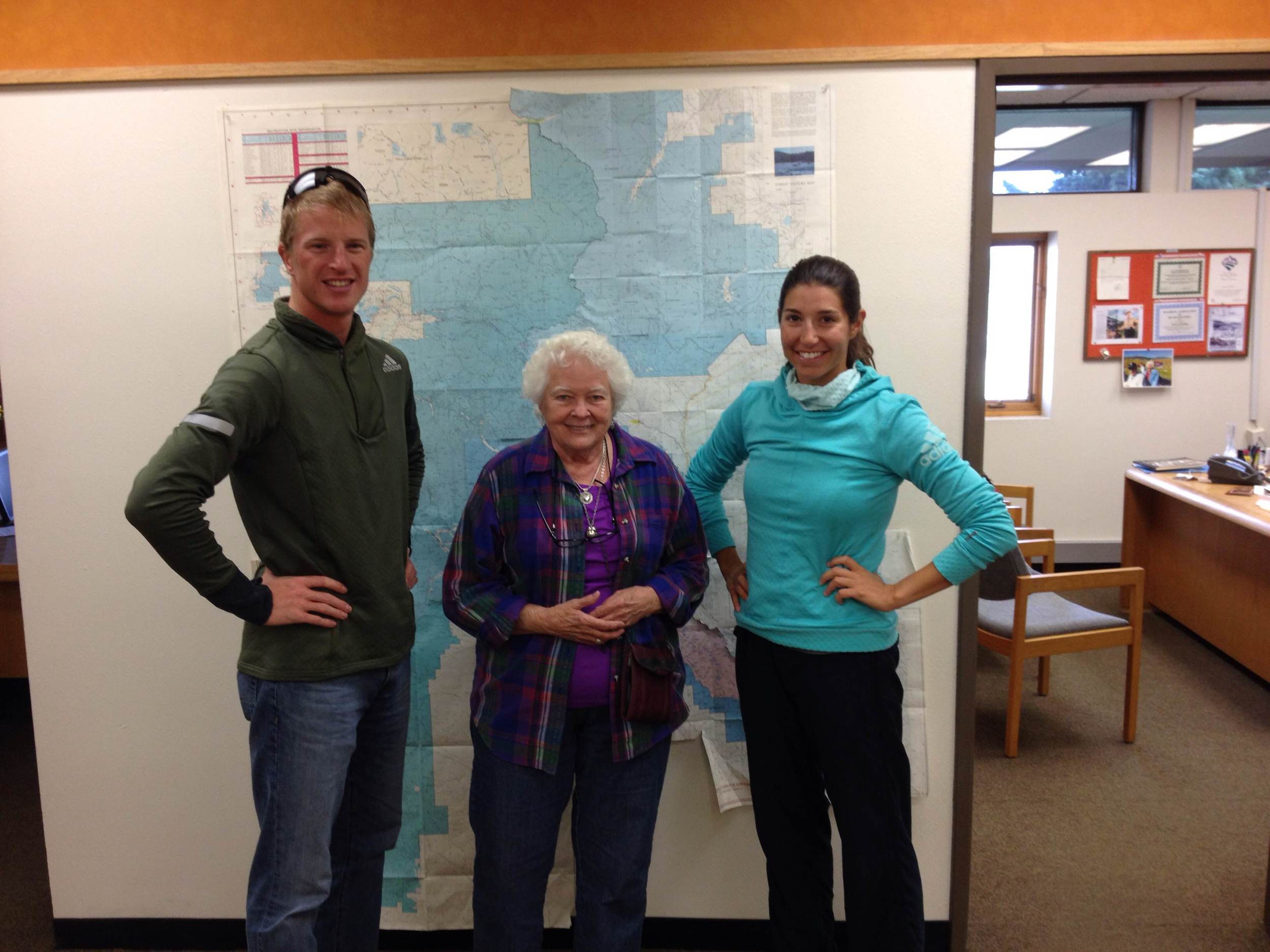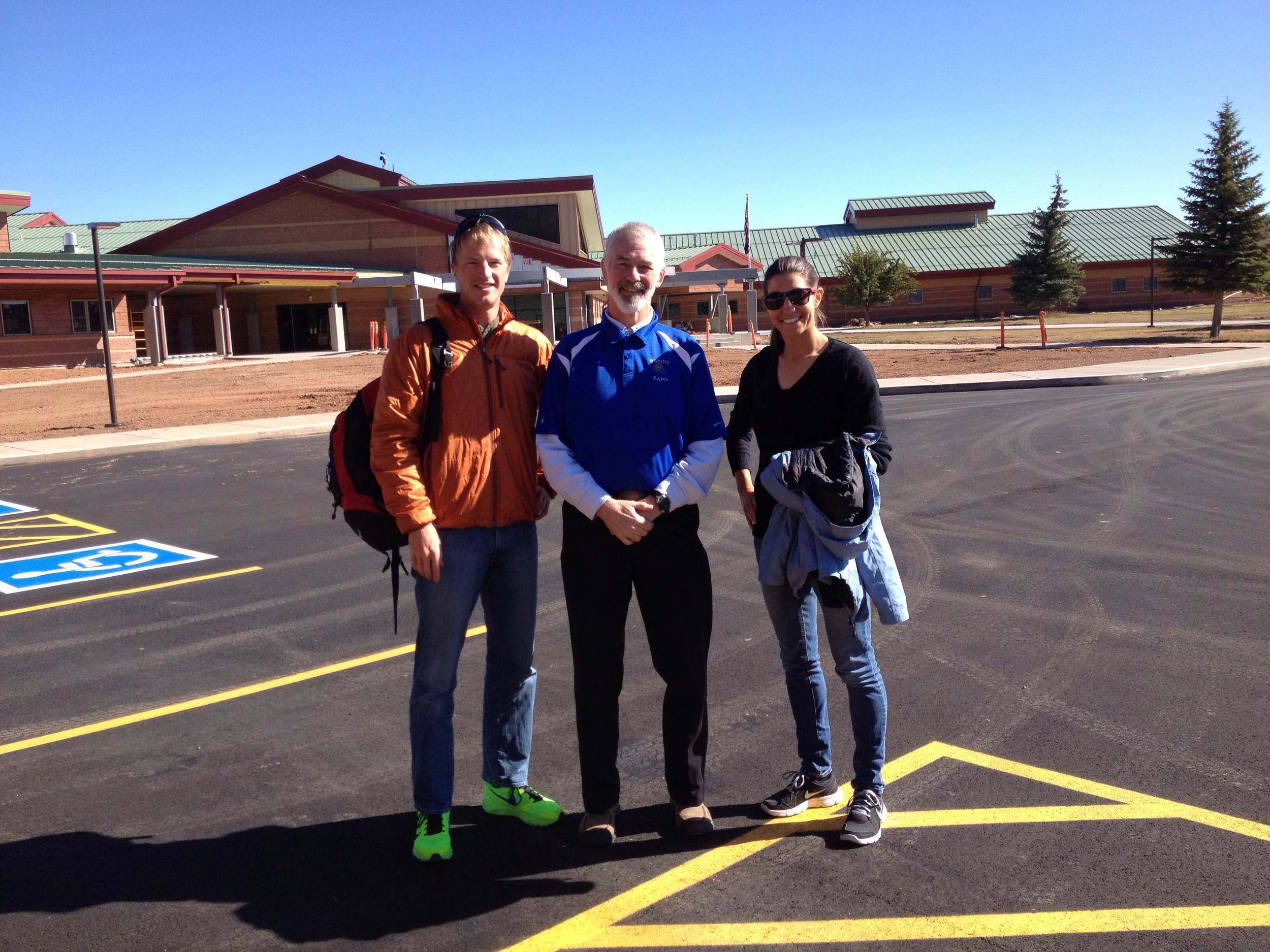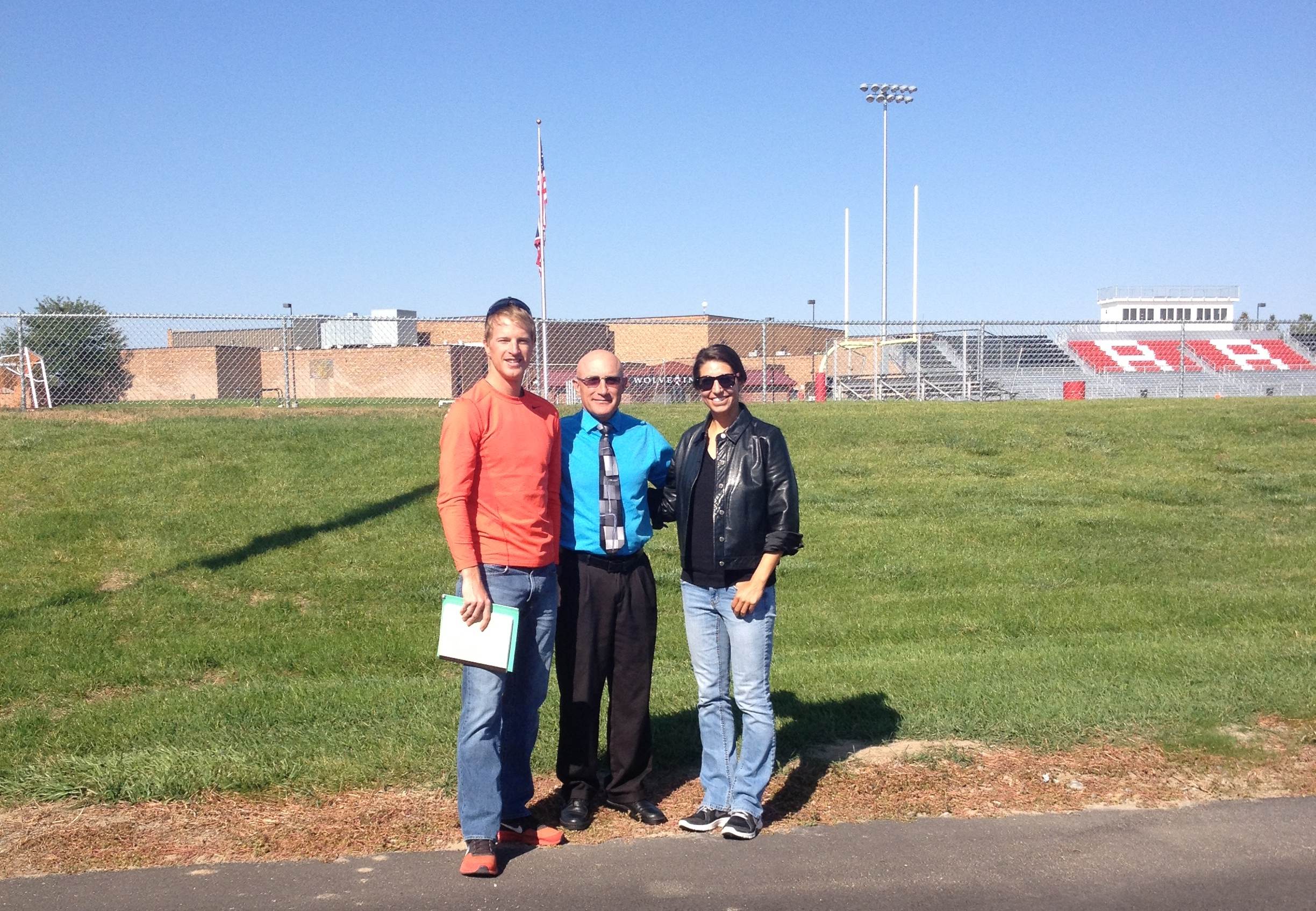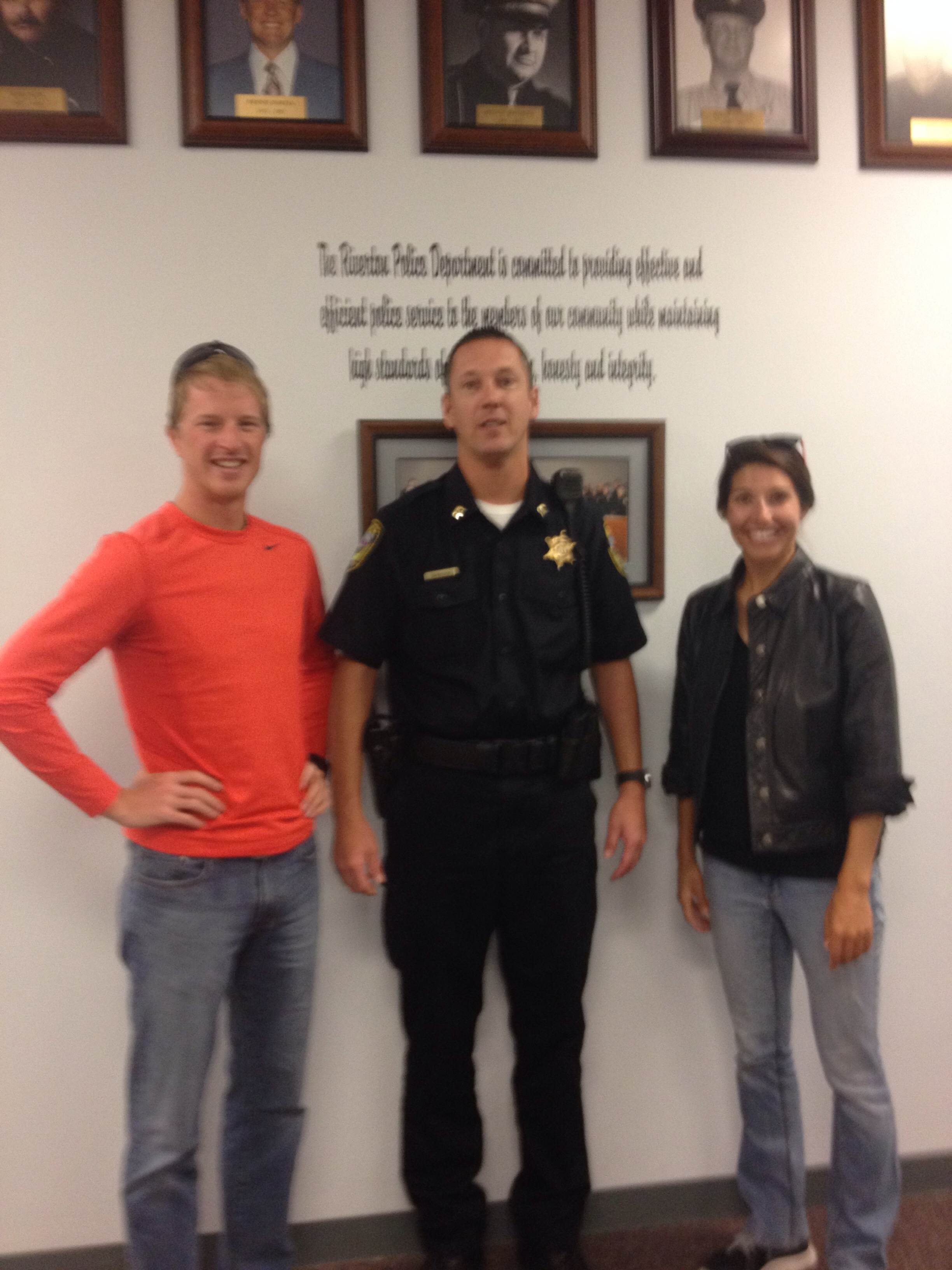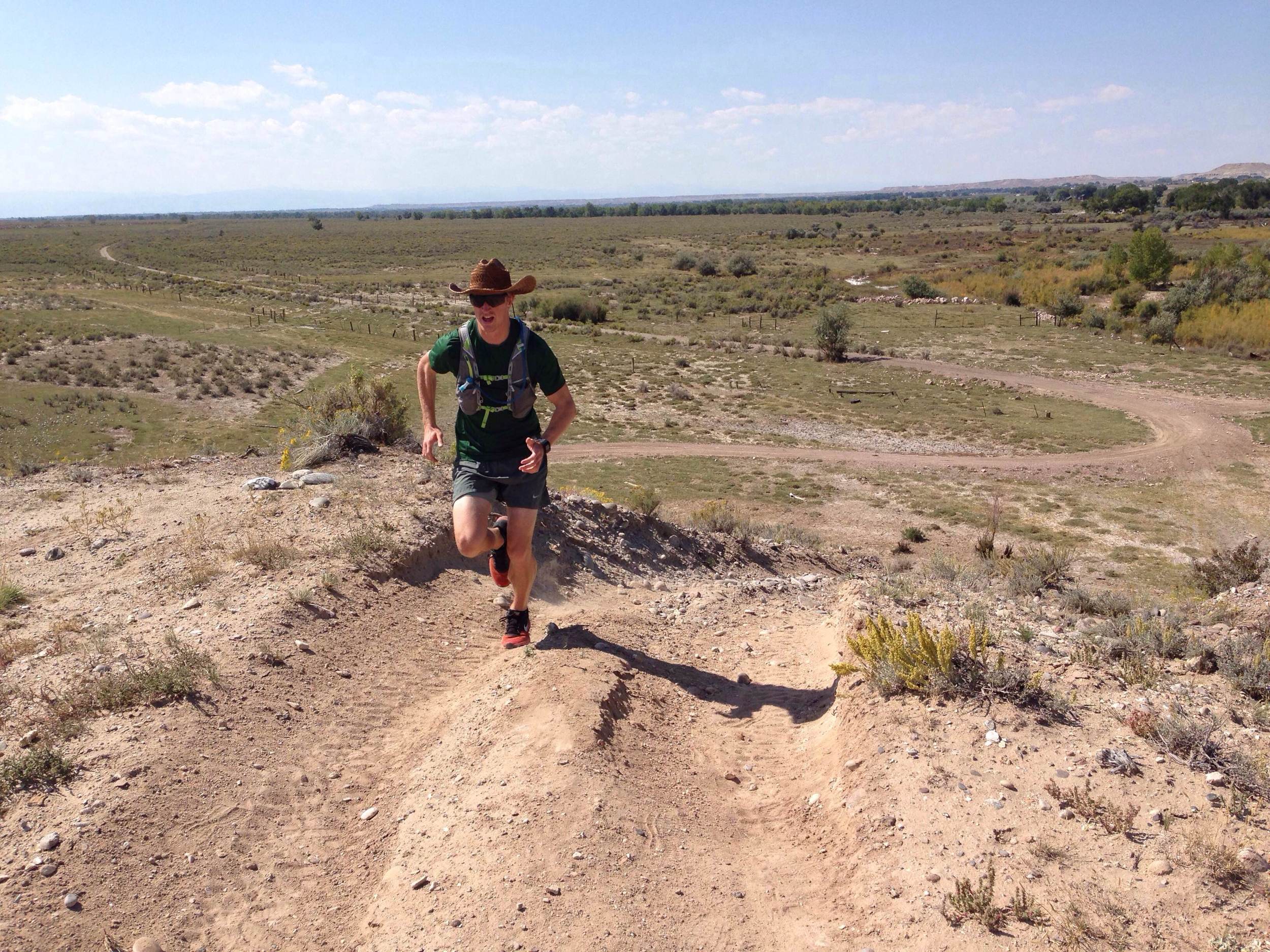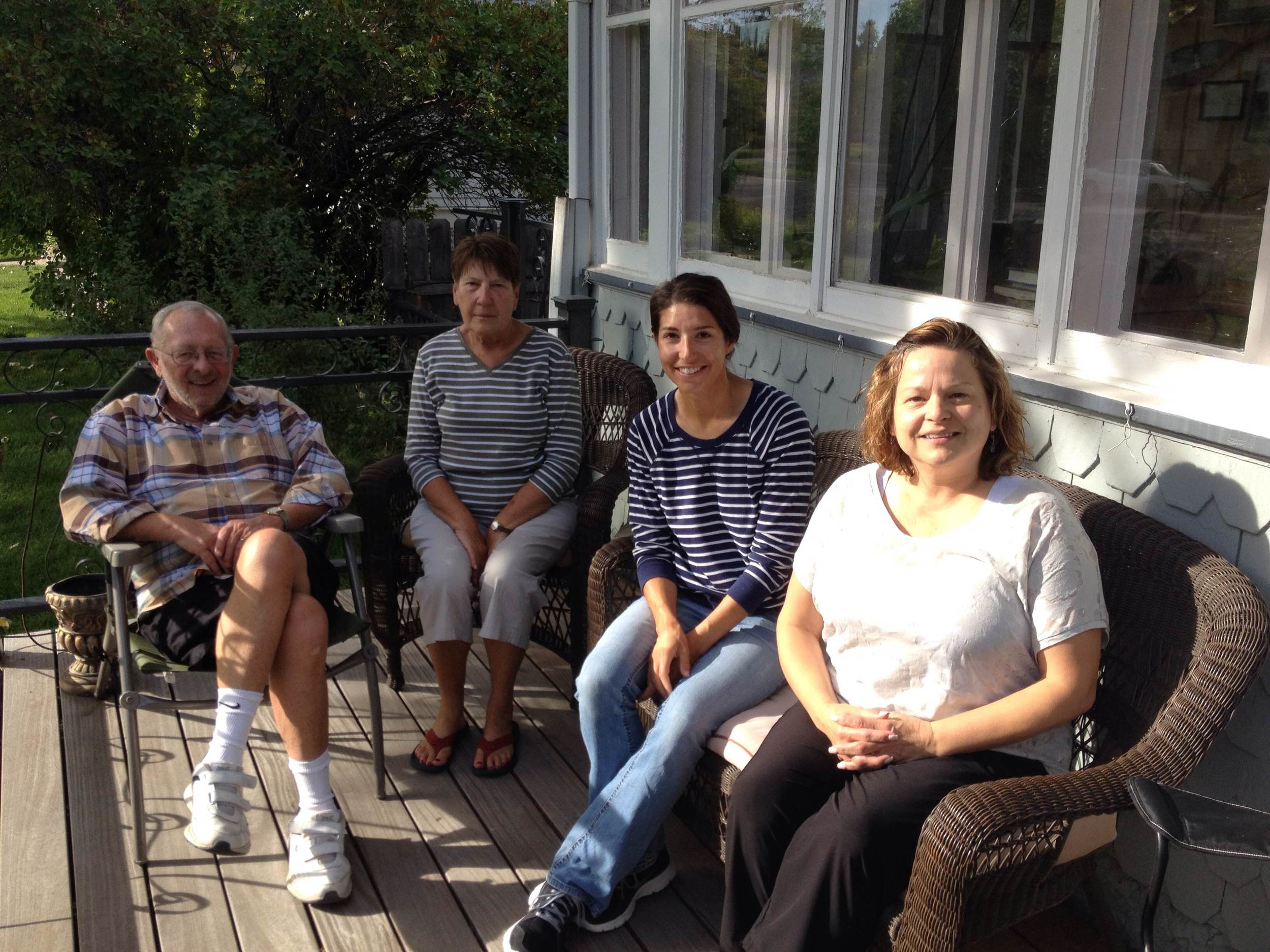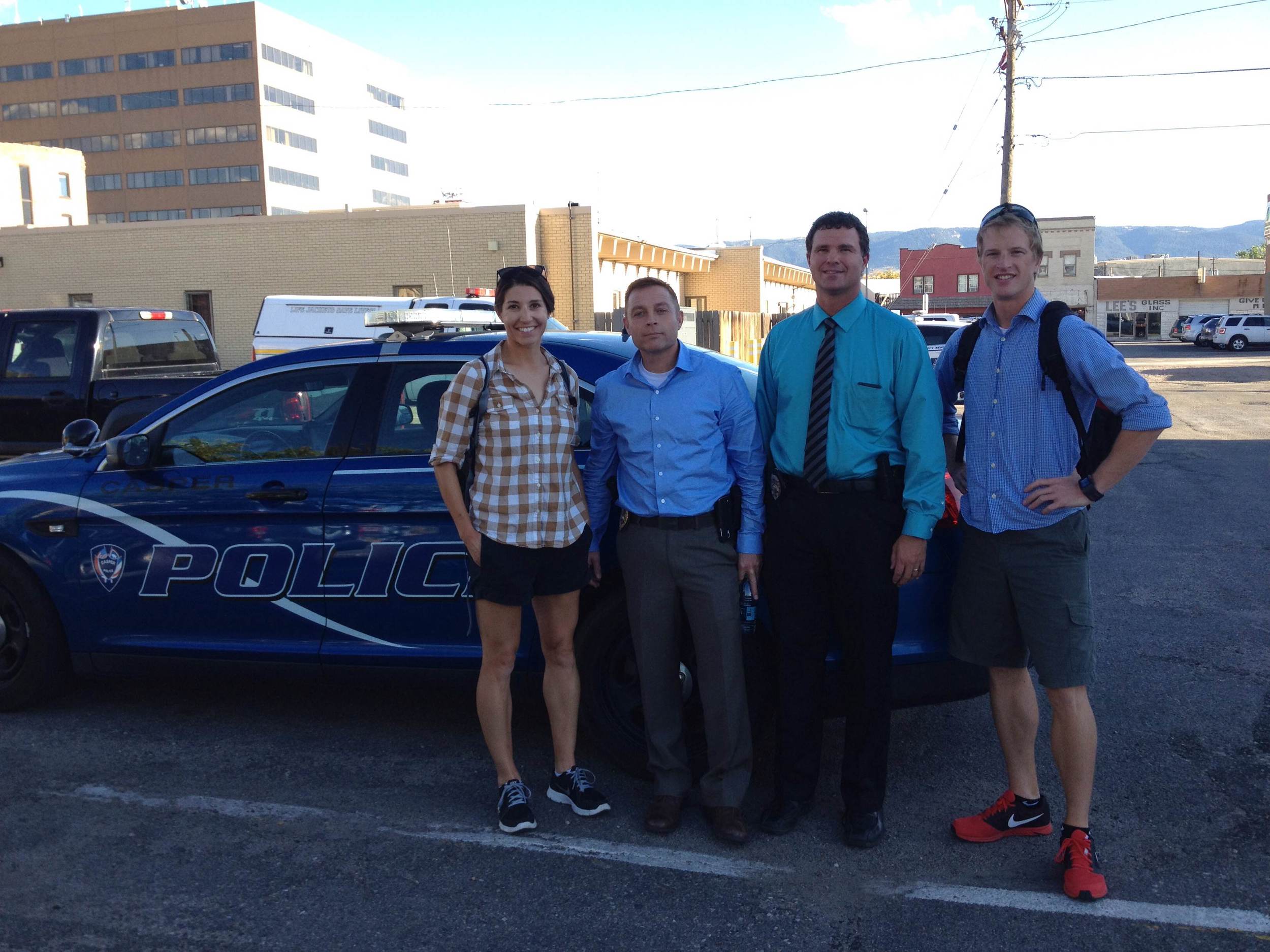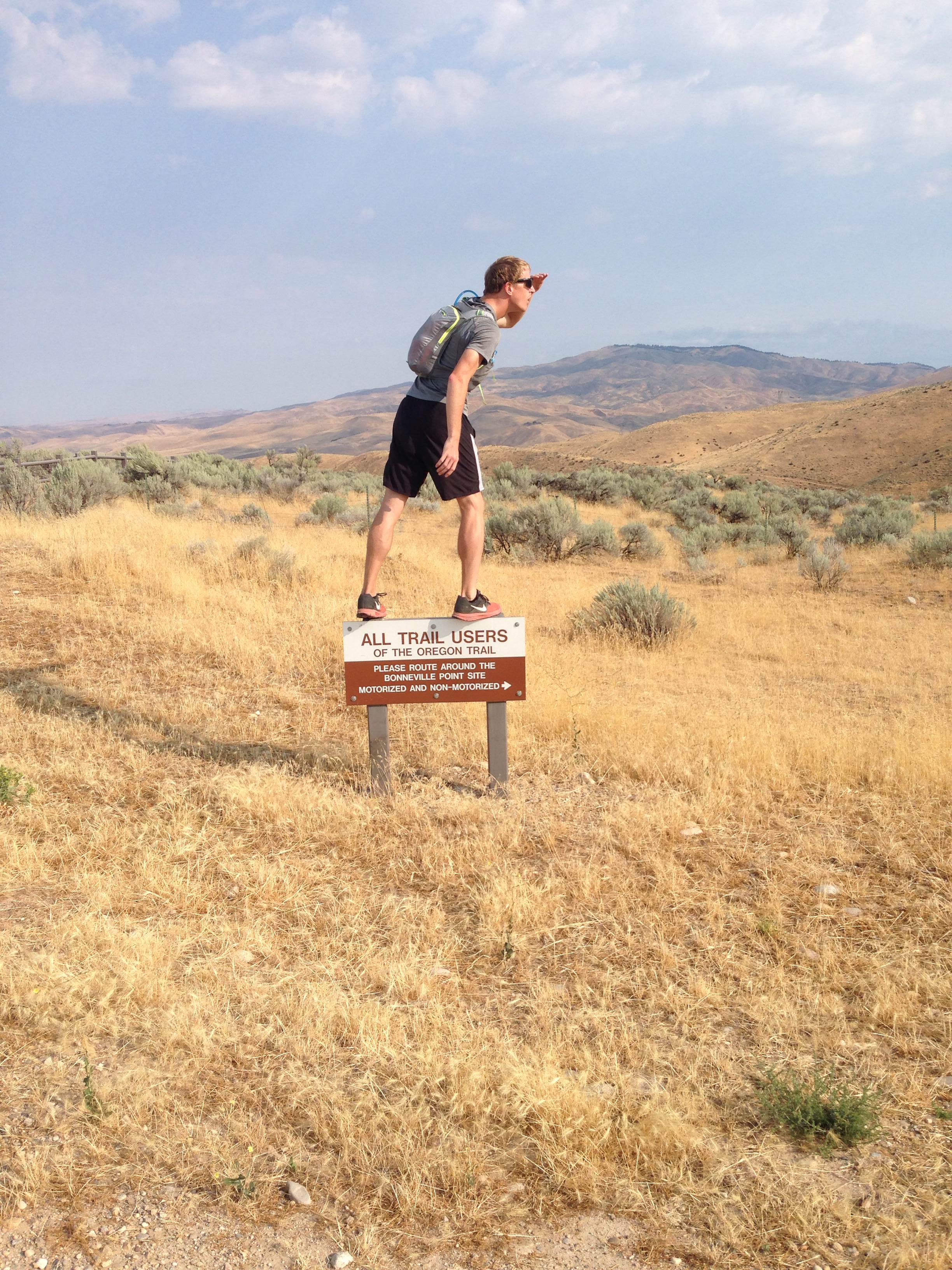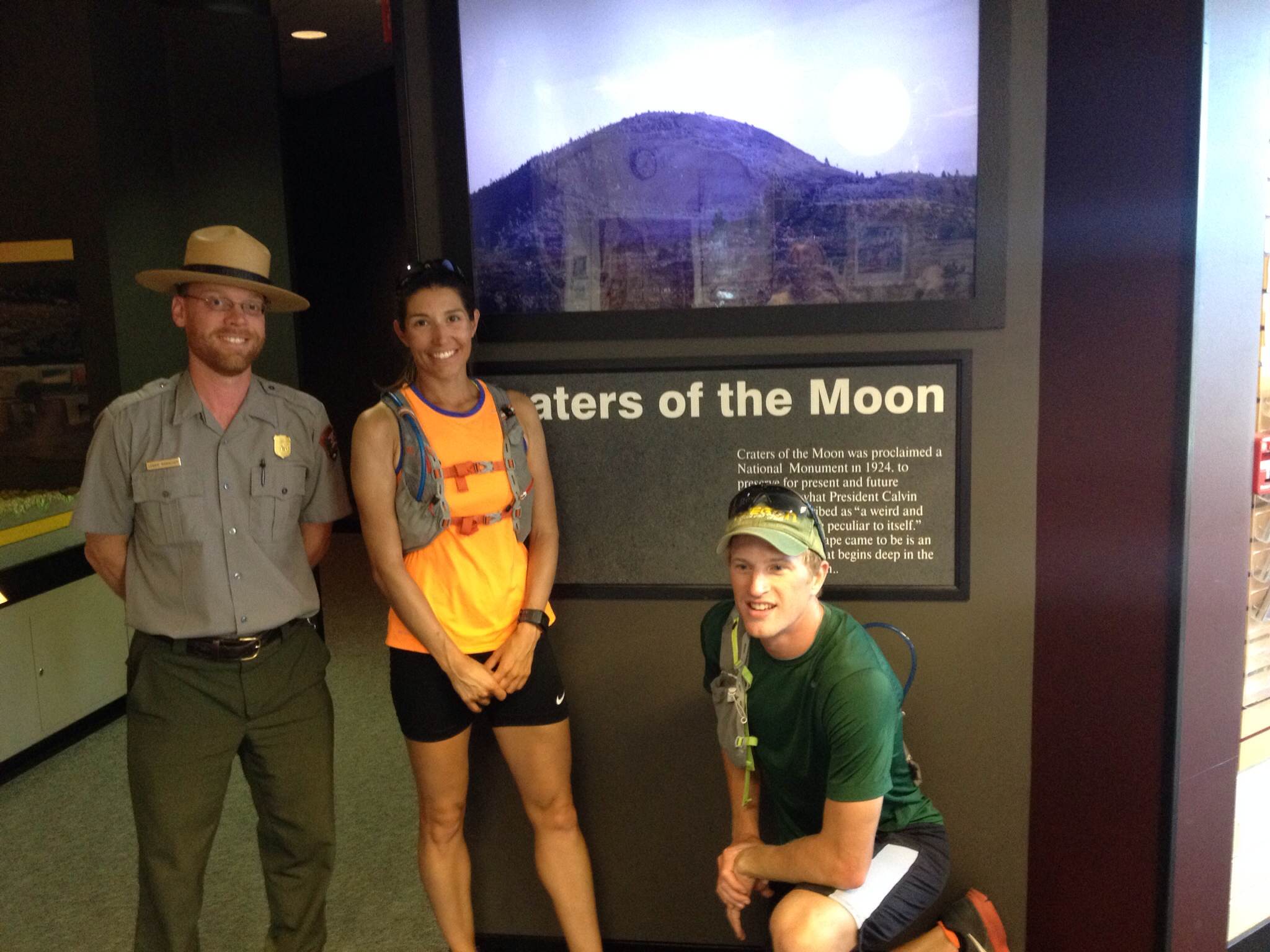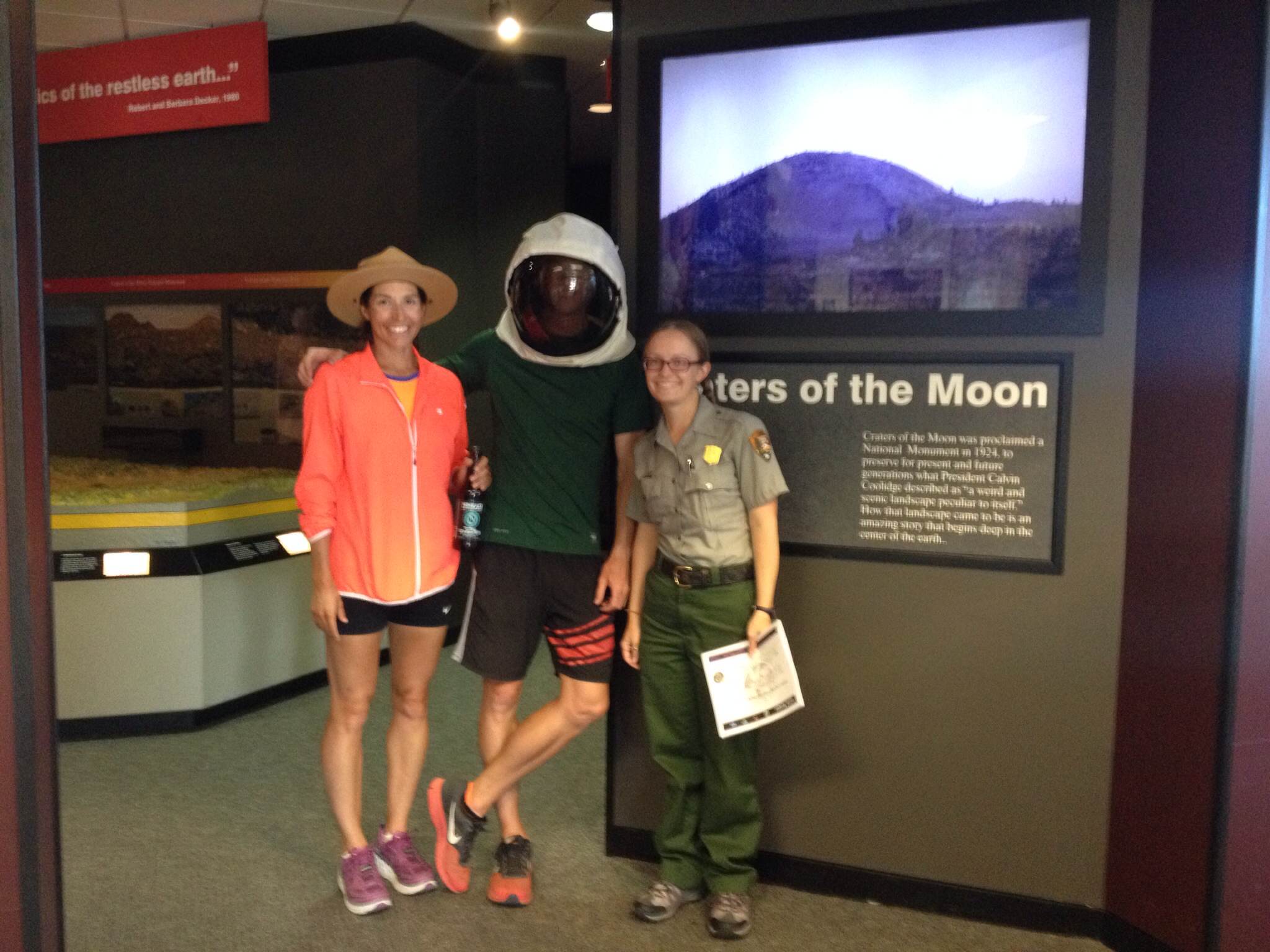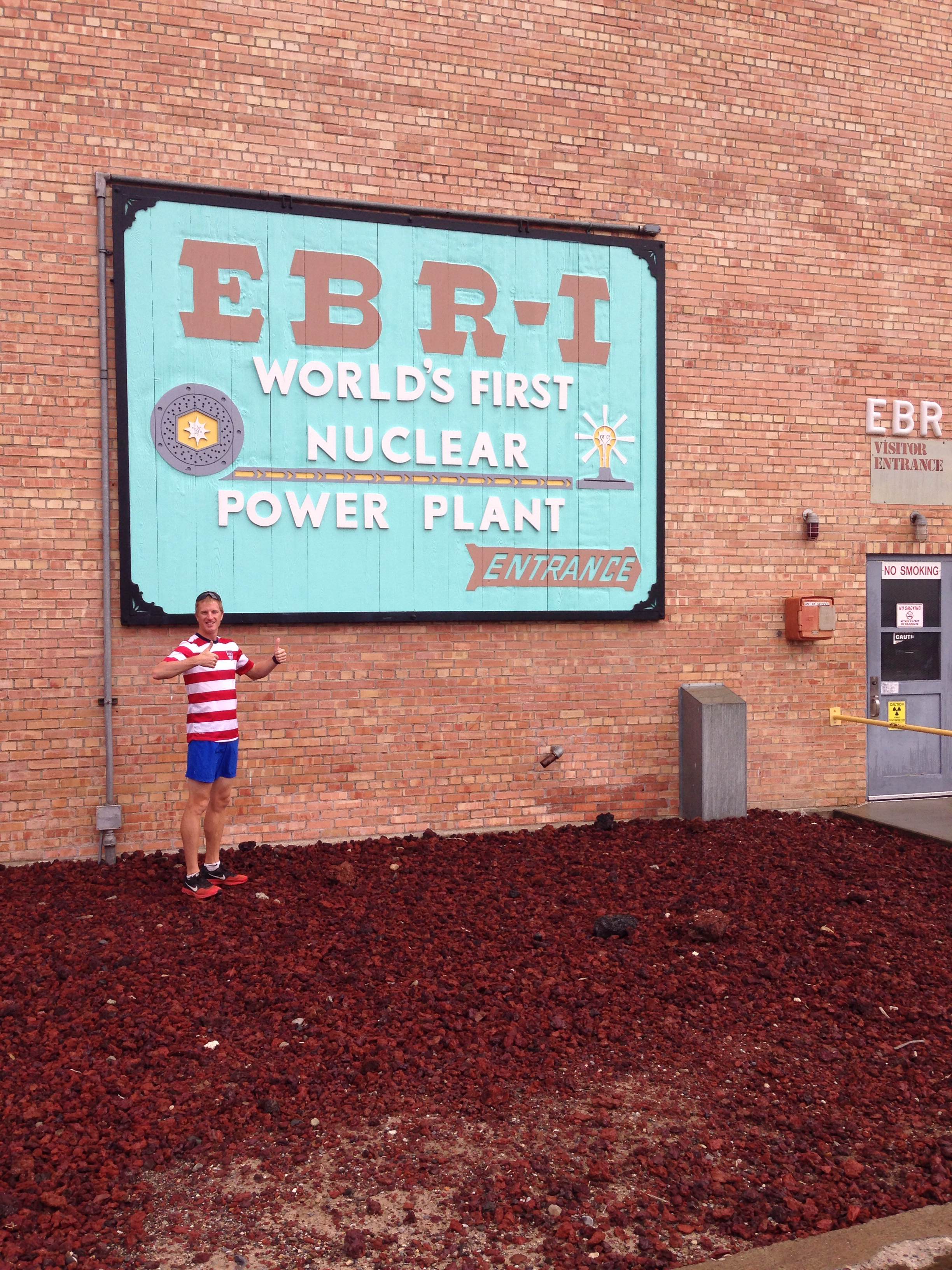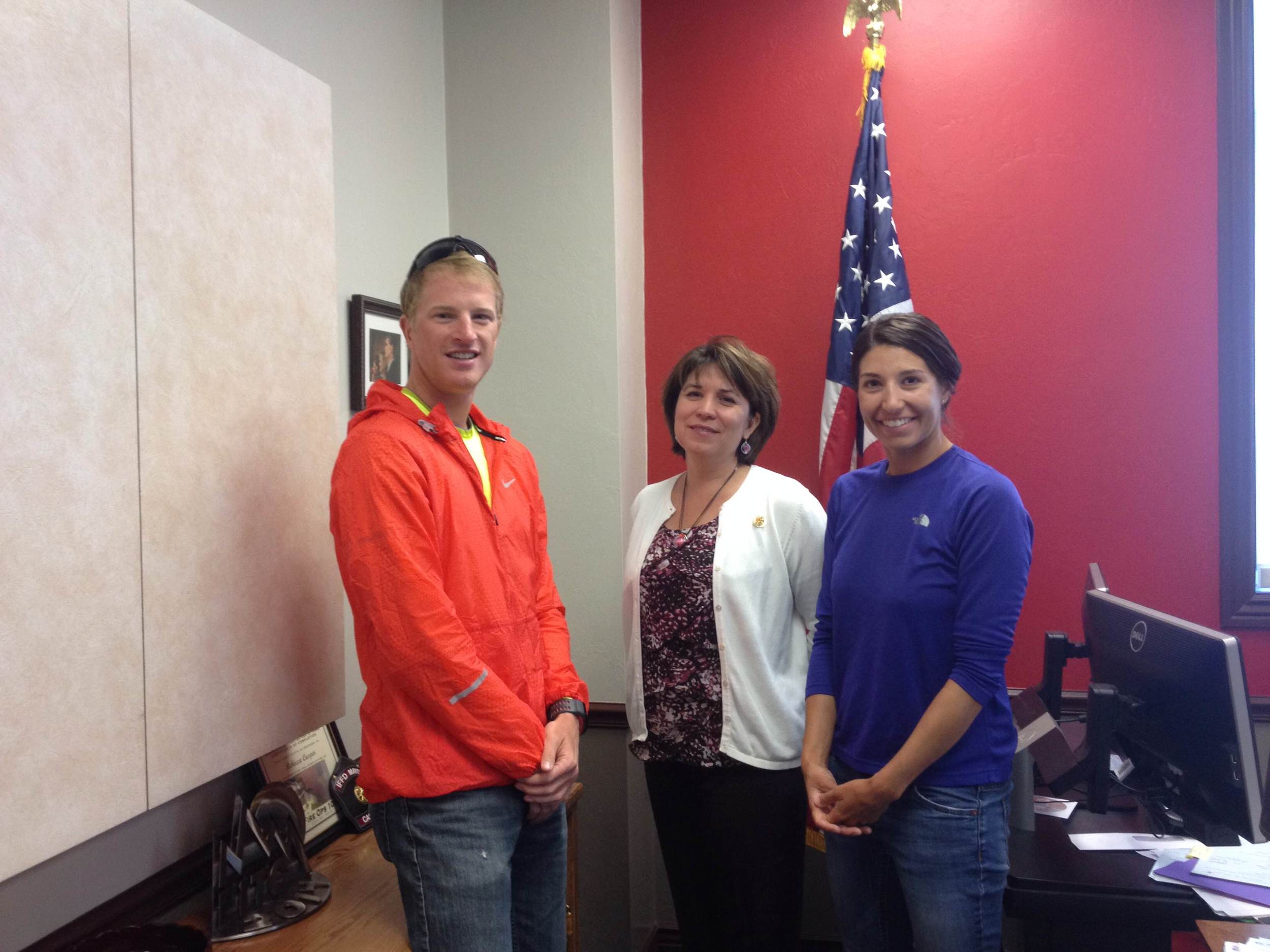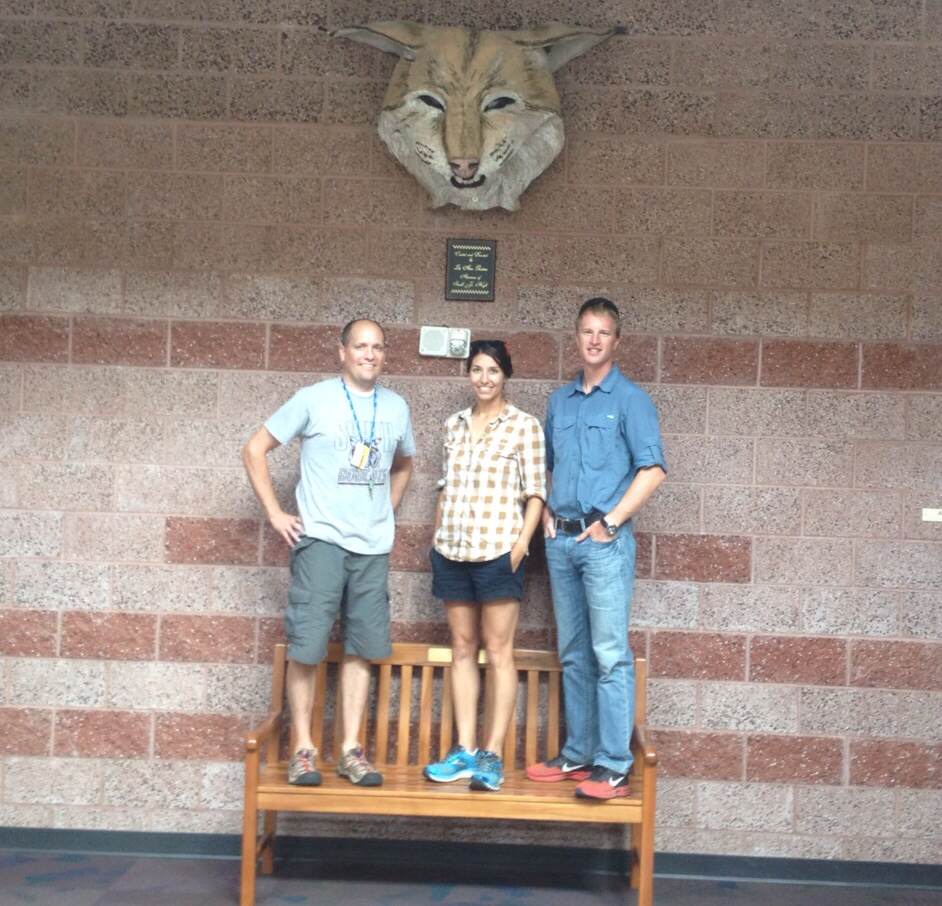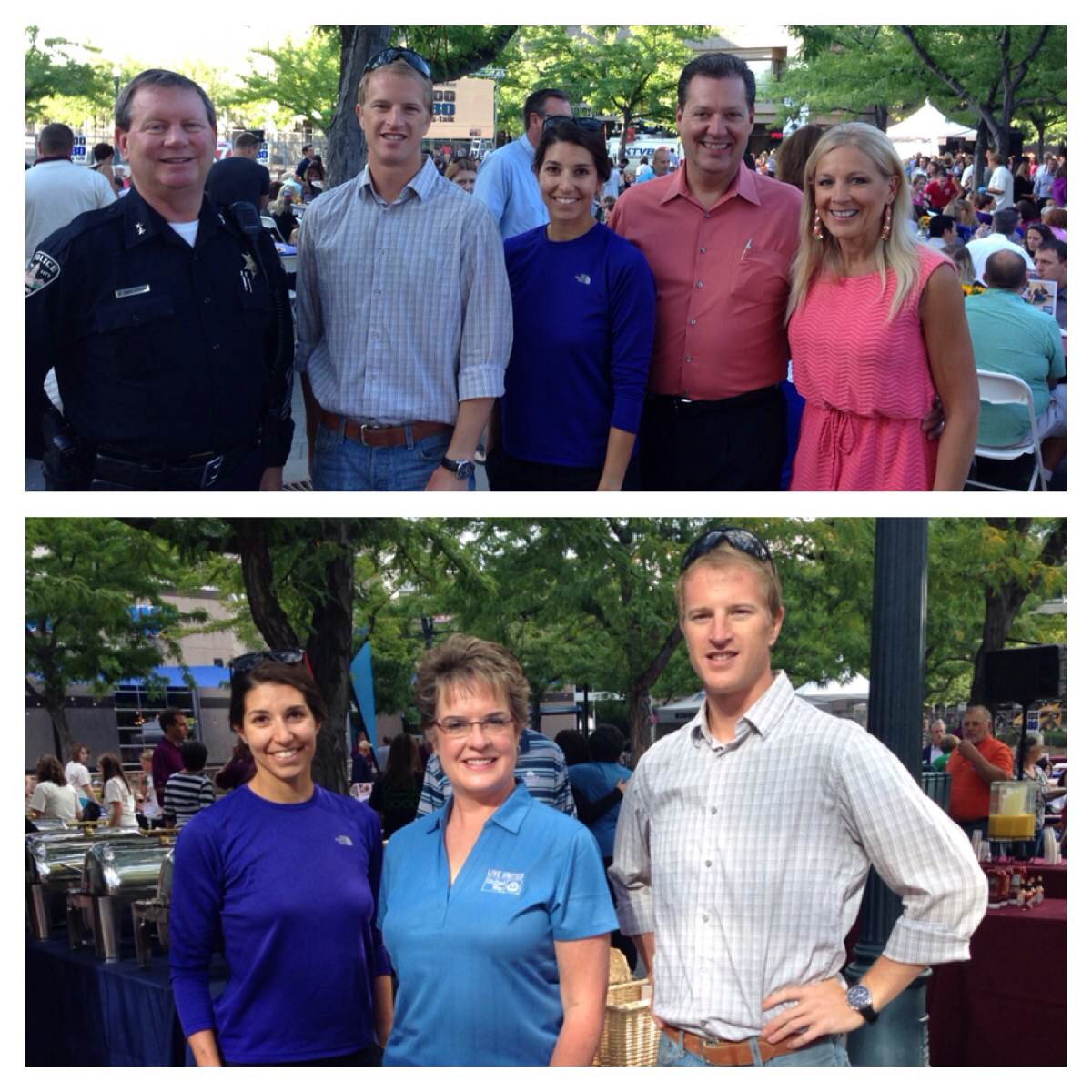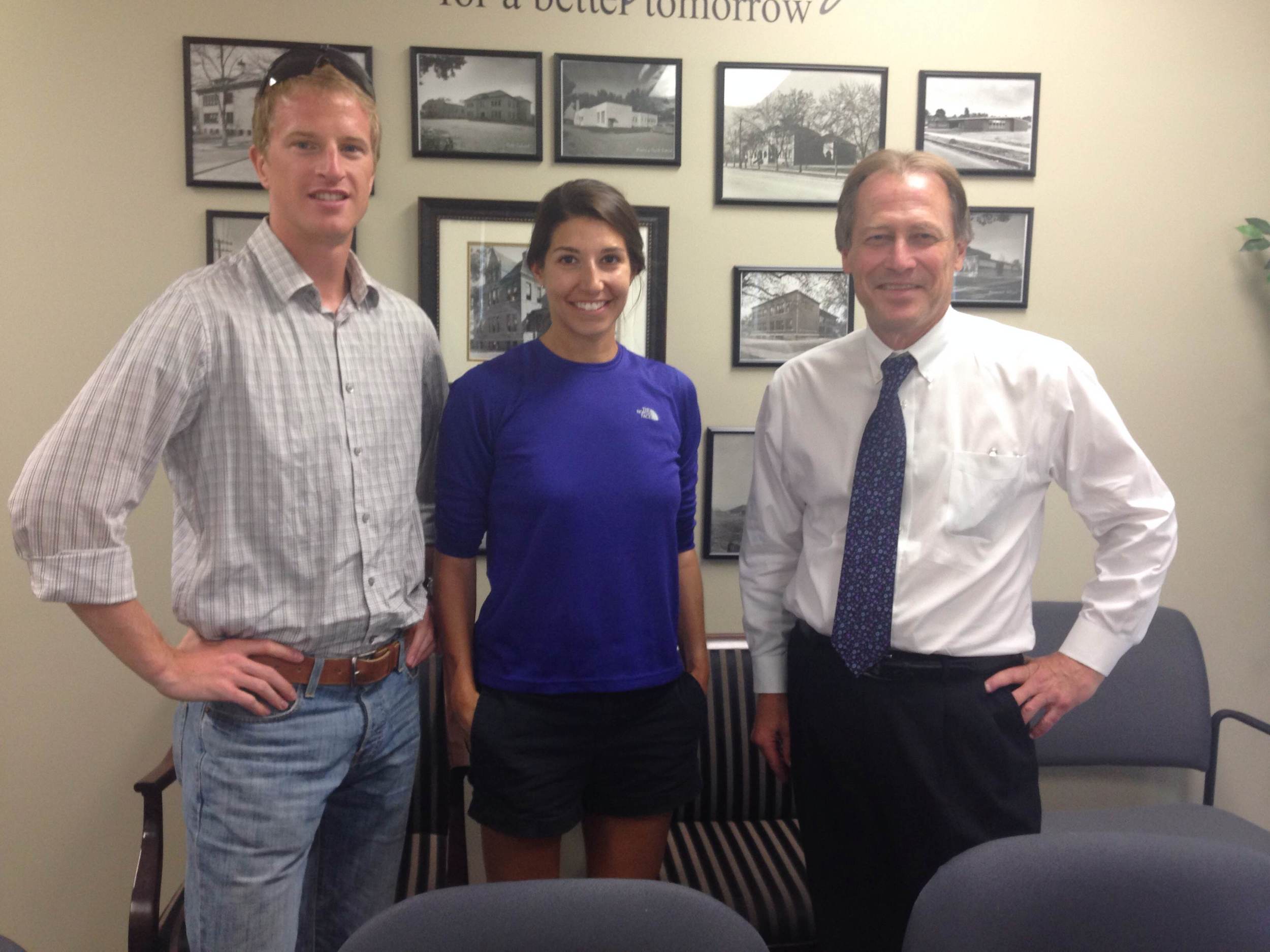Dubois through Casper, WY
We encountered two milestones between Jackson and Dubois, WY: we crossed the Continental Divide at over 9,500 feet and the following morning saw our first snow! Quickly after our arrival in Dubois, we met with Mayor Twila Blakeman, who shared a number of community success stories. We learned how an arts convention center was created from a combination of a bond, individual donations, and grants; a new library, assisted living facility and fitness center, and new fire hall have been built from donations and grants. The following morning, we had a conversation with High School Principal and Superintendent Dr. Gerry Nolan. Dr. Nolan expressed his ongoing desire to implement novel teaching technologies and strategies into classrooms and discussed how the small class sizes allow for highly individualized learning plans.
Our next meetings took place in Riverton, where we spoke with Director of Special (Education) Services Dallas Myers and Police Captain Todd Byerly. Mr. Myers helped us understand more about the state and local education systems, while Captain Byerly described a number of police-led community programs, including Shop with a Cop, business alliance officers, and one that focuses on caring for drug-endangered children in the area.
We took a break from road running and followed the Western Heritage Trail out of Riverton towards Shoshoni, on our way to Casper. Upon arriving in town, we met with Captain Steven Freel and Detective J. Hatcher at the police department. Under the leadership of Chief Wetzel, the department is undergoing a number of changes, including a track-based training system wherein officers are trained in specialized fields such as crime prevention, fire arms, or intelligence. Additionally, a new dispatch facility with advanced equipment and versatile space aims to improve the speed and efficiency with which police, fire, and EMT can respond to emergencies. A new community initiative is the formation of a ‘PAL’, or police athletic league; the owner of a local boxing gym proposed the creation of a Casper PAL where police officers can train with and mentor kids from the community, and the officers we spoke with are clearly excited about the opportunity.
Adam was able to meet with City Council member Bob Hopkins, who generously offered to let us park at his house for the evening. We were treated to wonderful conversation with Bob and his wife Jeanie that evening. The following morning, we met with Jeanie and Barbara Maguire, both former school teachers, where the discussion ranged from successful teaching techniques to testing. Ms. Maguire also works with teachers working towards becoming National Board Certified. We learned about an prior initiative passed down from the district school superintendent where teachers were asked to ‘dream their dream’ and develop their ideal classroom and school. Out of the many proposals submitted by teachers, 3 novel classroom designs were implemented in local schools and many of the ideas remain to this day including mixed-grade classrooms.
Our final meeting in Casper was with Mayor Paul Meyer, who not only described the ‘boom and bust’ cycle of Wyoming’s energy-based economy but also expressed an earnest desire to see a shift in policy to concurrently protect the state’s natural resources. As we began running south towards Laramie, we encountered heavy wind and saw many wind turbines-an indication that alternative energy sources have already become important in the state.
